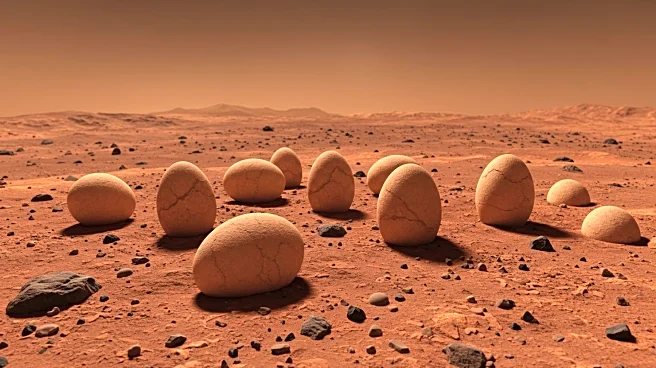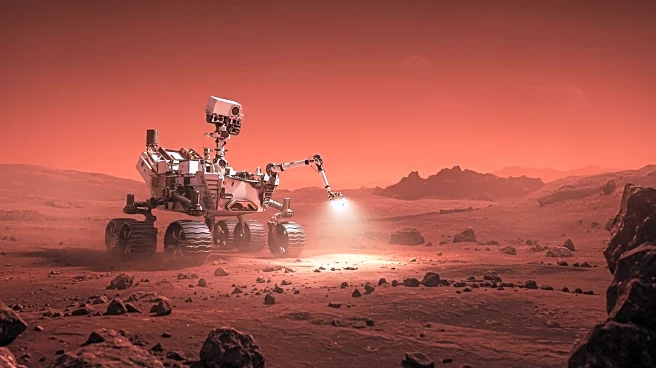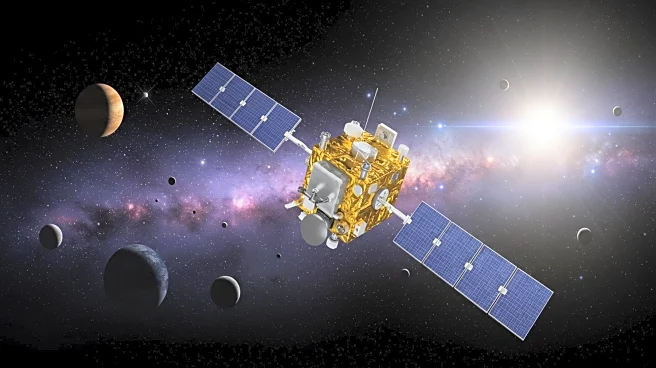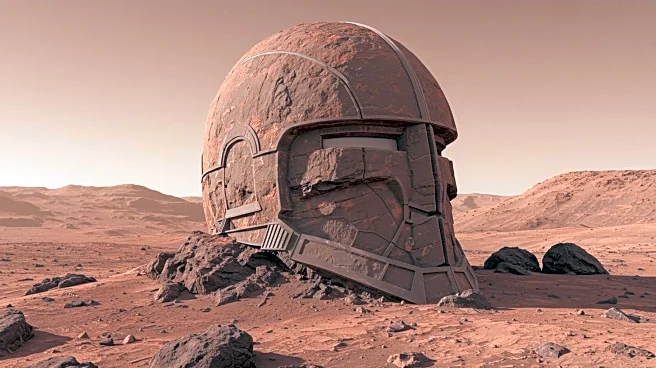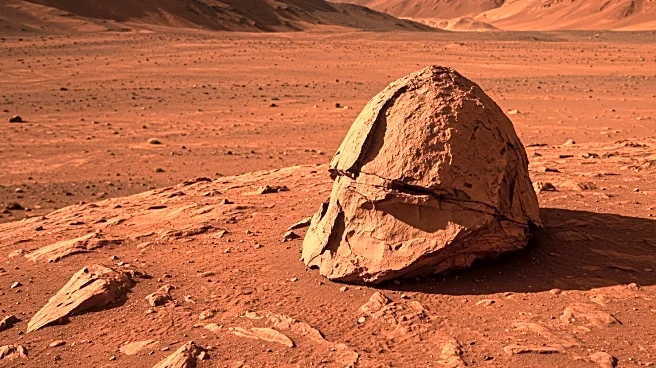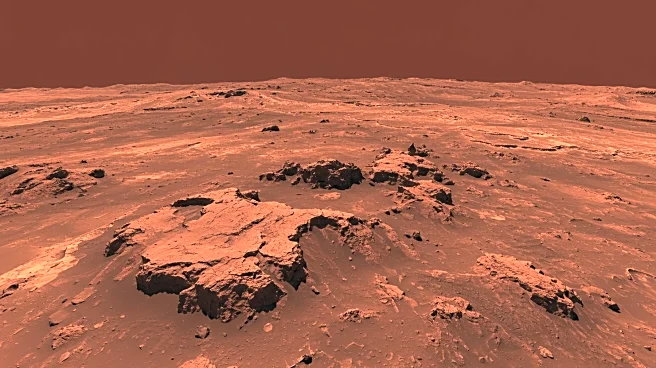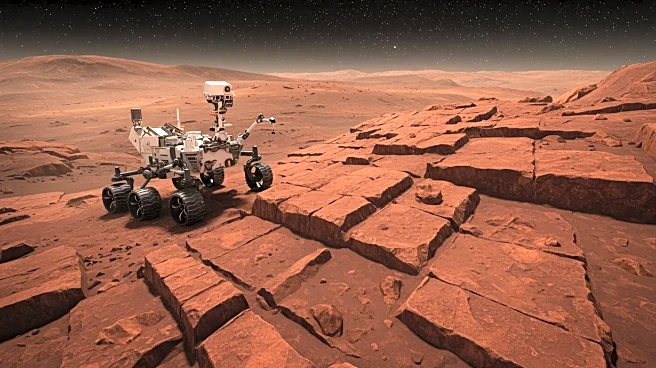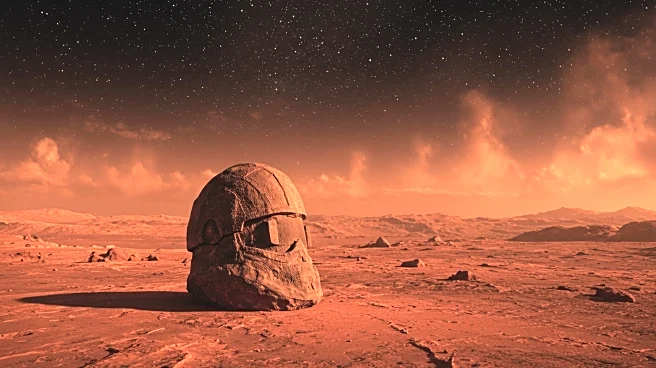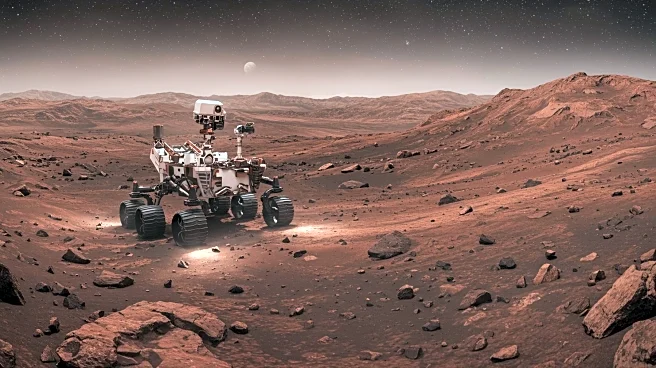Rapid Read • 8 min read
NASA's Curiosity rover has made intriguing observations in an area known as The Boxworks on Mars, where it has encountered uniquely shaped rocks resembling clusters of fossilized eggs or dinosaur nests. These formations, while natural, offer significant scientific opportunities to understand Mars' geological history. The Boxworks is part of the Gediz Vallis Ridge on Mount Sharp, featuring fractured, vein-filled rocks that may record dynamic environmental shifts. Curiosity's mission involves examining weathering patterns, sedimentary layering, and vein structures to study fluid movement in Mars' ancient crust. The rover uses instruments like Mastcam and ChemCam for detailed imaging and chemical analysis, focusing on bulbous, clustered shapes that suggest mineral accumulation or erosion processes.
AD
The discovery of these formations is crucial for understanding Mars' transition from a wetter world to its current arid state. The rocks may act as historical records of Mars' climate changes, potentially indicating past microbial habitats. NASA scientists are particularly interested in the chemistry of transition zones between different layers, which could reveal intersecting fluid histories. This research could provide insights into Mars' habitability during periods when these veins were forming, raising questions about the planet's potential to support life. The findings contribute to the broader understanding of planetary evolution and the conditions necessary for life.
Curiosity will continue its exploration along the ridge, targeting a feature named Kukenán for further study. The rover's planners aim to balance close-up scientific investigations with upward mobility to access new stratigraphic layers. Each day on the ridge allows for refined observations, particularly of veins or fractures that might indicate multi-phase hydrothermal activity. These efforts are part of a larger mission to build a detailed picture of Mars' evolution and assess its past habitability. The ongoing research may extend over several more sols, with the potential to uncover more clues about ancient climate conditions and the possibility of life.
The formations in The Boxworks not only offer scientific intrigue but also pose mechanical challenges for the rover team. Navigating the ridge requires careful planning to ensure safe positioning for deploying Curiosity's robotic arm and tools. The uneven terrain has made drilling impossible, but contact science tools like MAHLI and APXS provide surface-level insights. The mission highlights the complexities of planetary exploration and the innovative strategies employed to overcome obstacles. The study of these rocks also touches on broader themes of planetary habitability and the search for life beyond Earth.
AD
More Stories You Might Enjoy
